Discover Monterey Jack: America’s Favorite Cheese
As a native Californian, Monterey Jack cheese brings back memories of lazy afternoons in Sonoma. This semi-soft cheese is a favorite in American homes, perfect for grilled cheese and mac and cheese. But have you ever thought about its rich history?
The story of Monterey Jack cheese starts in the late 1700s at Mission San Carlos near Carmel. Franciscan padres made a semi-firm cheese with a creamy taste. Later, during the California Gold Rush, Scottish immigrant David Jacks marketed this cheese in San Francisco. This made Monterey Jack America’s most loved melting cheese.
Table of Contents
The Curious History of Monterey Jack
The story of Monterey Jack cheese is not as simple as many think. It’s believed that Franciscan missionary Junípero Serra brought the recipe to California. Serra was from the Spanish island of Mallorca. The cheese from Mallorca, called Artesano Mahón, was famous for its quality.
It’s said that Roman soldiers brought this cheese to the area centuries ago. When Serra started the California missions, he likely brought this cheese-making tradition with him. The history of Monterey Jack is full of competing stories, making it hard to figure out its true beginnings.
An American Original or Not?
Many think Monterey Jack is an American cheese. But, its roots might go back to Spain. The link to Mallorca and Artesano Mahón cheese suggests Spanish origins, brought by the Franciscan missionaries.
Unraveling the Tangled Thread
The exact history of Monterey Jack is still a mystery. There are many stories and claims, making it hard to know the truth. The name comes from David Jack, a wealthy landowner who helped make the cheese famous. But, where the recipe came from and how it evolved in California is still up for debate.
Franciscan Padres and the Spanish Connection
Junipero Serra, a leader of Catholic missionaries, was born on Mallorca. He brought the recipe for Artesano Mahon cheese, known for its quality. Before heading to Monterey, Serra packed “a piece of cheese” for the journey. He aimed to introduce this cheese-making tradition to the missions in California.
Father Serra’s Mallorcan Roots
Junipero Serra’s Mallorcan background greatly influenced the dairy traditions in the California missions. The Franciscan padres, led by Serra, played a key role in starting the first California missions. They brought knowledge and techniques from their homeland.
Mission Cheese-Making Traditions
The indigenous women at the missions were skilled in cheese and butter-making. This shows the Spanish influence on the region’s dairy products. The Franciscan padres shared their cheese-making skills and learned from the locals. This created a rich dairy tradition in the California missions.
“A piece of cheese” – Junipero Serra’s diary entry, suggesting his intention to introduce Mallorcan cheese-making traditions to the new California missions.
Queso del Pais: The Precursor to Jack
After the U.S. took Monterey County from Mexico in 1846, settlers kept making cheese. This was to save milk and make money. By the 1850s, cheese was being traded and shipped by sea.
In 1875, the Monterey Handbook praised the Carmel Valley dairies. They noted that most farms were small and made a cheese called queso del pais, or “country cheese.” This cheese is like those made in rural Central America today and is thought to have led to Monterey Jack.
The queso del pais was a key cheese in Monterey long before Monterey Jack. Small farms in Carmel Valley made a fresh cheese. This cheese would later shape the famous American cheese we know today.
| Cheese Type | Origin | Production | Popularity |
|---|---|---|---|
| Queso del Pais | Monterey County, California | Small family farms in Carmel Valley | Widely produced and consumed locally in the 1800s |
| Monterey Jack | Monterey County, California | Initially small-scale, later mass-produced | Became a popular American cheese in the 20th century |
The simple queso del pais was the start of the famous Monterey Jack. This early cheese-making in Monterey County helped create a beloved American cheese. It has lasted for many years.
David Jacks: The Notorious Land Grabber
The story of Monterey Jack cheese is linked to David Jacks, a Scottish immigrant. He came to Monterey during the California Gold Rush. Jacks aimed to build a huge land empire using aggressive tactics.
Aggressive Business Tactics
Jacks got his hands on 60,000 acres of land. He had dairies that made cheese based on old Franciscan recipes. His methods were harsh – he’d take properties away if taxes weren’t paid. He’d leave English notices on Spanish-speaking farmers’ homes, taking advantage of them.
Despite his questionable ways, Jacks started selling “Monterey Cheese” in San Francisco. This made the cheese famous as “Jacks Monterey Cheese.” Today, we know it as the American melting cheese, Monterey Jack.
| Year | Event |
|---|---|
| 1857 | David Jacks settled in Monterey |
| 1859 | Monterey was sold to Ashley and David Jacks for $1,000.02 at a sketchy auction |
| 1909 | David Jacks passed away |
| 1955 | The Food and Drug Administration officially dubbed the cheese as “Monterey Jack cheese” |
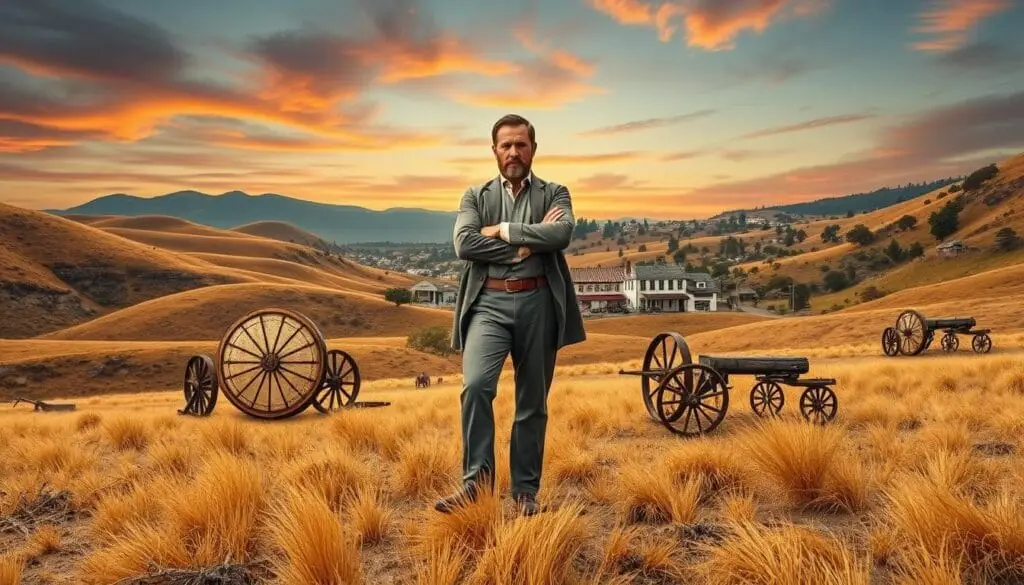
Jacks’ aggressive tactics and his role in making the cheese famous helped Monterey Jack become a hit in the U.S. From its humble beginnings to a national favorite, the cheese’s story is tied to the ambitions and controversies of David Jacks.
Monterey Jack
Monterey Jack is a semi-soft, creamy cheese with a mild flavor. It’s a favorite in American kitchens. It has a rich history, starting with the Franciscan padres in California’s Monterey Peninsula in the late 18th century.
In 1955, the Food and Drug Administration named it “Monterey Jack cheese.” This made it a true American original. Scottish immigrant David Jack helped make it popular, buying nearly 60,000 acres of land.
Its creamy texture and mild taste are loved in many dishes. It’s great in grilled cheese and macaroni and cheese. It also melts well, making it a staple in comfort food.
Over time, cheeses like Colby Jack, Pepper Jack, and Cheddar Jack were made using Monterey Jack. This has made it even more versatile in cooking.
The Monterey Peninsula’s history and the Franciscan padres’ traditions still excite cheese lovers. Monterey Jack’s lasting popularity shows it’s a true American classic.
Competing Origin Stories
The history of Monterey Jack cheese is filled with different claims and stories. Two tales stand out, each giving a unique view of where the cheese came from.
The Boronda Family Claim
The Boronda family, who owned Rancho Los Laureles in Carmel Valley, might have helped create Monterey Jack. They say their matriarch sold queso del pais, or “country cheese,” based on a family recipe from Spain. David Jacks bought some of their cheese, leading to the name “Monterey Jack.”
Domingo Pedrazzi’s “Jack Cheese”
Domingo Pedrazzi, a Swiss-Italian dairyman, also played a role. He used a special “house jack” device to press the cheese into wheels. This made the cheese known as “Pedrazzi’s jack cheese,” later named Monterey Jack.
These stories show the complex history of Monterey Jack. It’s a cheese loved by many in the United States.
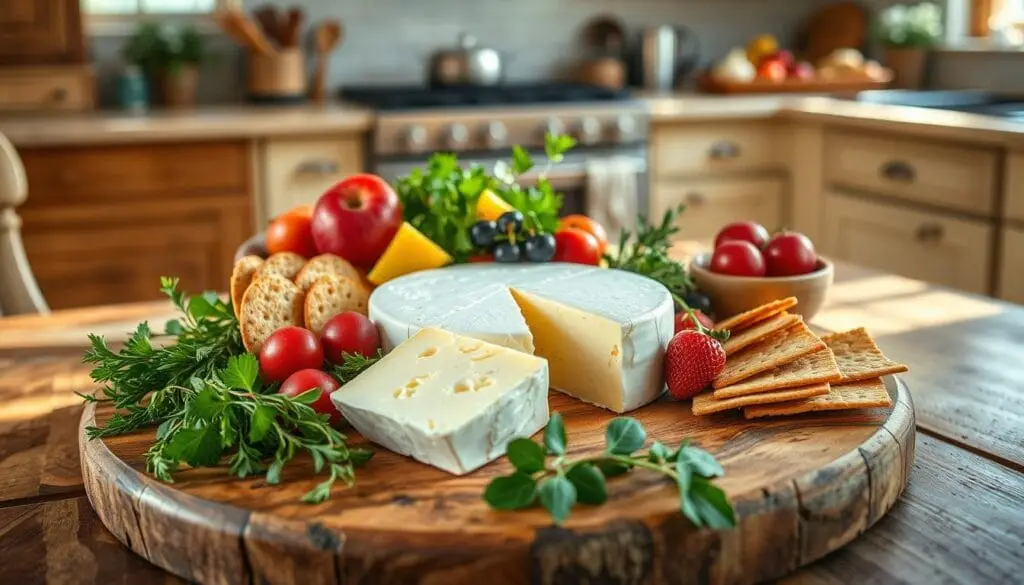
Other Claimants to the Jack Legacy
Monterey Jack cheese has a rich history, with stories beyond the Boronda and Pedrazzi tales. Portuguese whalers and Azorean settlers played key roles. Their stories weave together, creating a unique American cheese.
Portuguese Whalers and Azorean Recipes
In the 1860s, Portuguese whalers in Whaler’s Cove at Point Lobos made extra money by selling milk and cheese. Maria Victorine, from the Azores, raised cows and sold cheese to David Jacks. Jacks was known for his land dealings and was linked to Monterey Jack’s creation.
The Vierra family, with a dairy near Gibson Creek, also made cheese. They sold it to Mrs. Victorine, who then gave the recipe to David Jacks’ team. These stories show how Monterey Jack cheese came to be.
| Claimant | Contribution | Location |
|---|---|---|
| Portuguese Whalers | Supplemented income with milk and cheesemaking | Whaler’s Cove, Point Lobos |
| Maria Victorine | Learned cheesemaking in the Azores and sold cheese to David Jacks | Palo Colorado Canyon, Big Sur |
| Vierra Family | Made cheese from an Azorean recipe and sold to Mrs. Victorine | Vierra Knoll, Gibson Creek |
These stories show the rich history of Monterey Jack cheese. They prove it’s a true American original, with roots beyond the Boronda and Pedrazzi tales.
Artisan Revival: Schoch Family Farmstead
For years, monterey jack has been common in stores. But now, a small movement is bringing back the artisanal version. The Schoch Family Farmstead in Salinas, California, is a key player in this revival. They are one of the few places still making monterey jack for sale.
The Schoch family makes their monterey jack the old way. They use raw cow’s milk and animal rennet. This creates a cheese that’s rich, buttery, and has a firm rind. It’s a big difference from the processed cheeses in most stores.
The Schoch family is all about making artisanal cheese with the best raw milk. They age their cheese for over seven months. This aging process gives the cheese its unique flavor and texture.
By sticking to traditional methods, the Schoch Family Farmstead is keeping monterey jack alive. They’re making sure this beloved cheese will continue to thrill cheese lovers for years to come.
Monterey Jack’s Enduring Popularity
Monterey Jack is a beloved and versatile cheese in America. Its origins are complex and disputed, but it remains a staple in many kitchens. It’s known for its creamy texture, mild taste, and great melting quality.
This cheese is perfect for many dishes, like quesadillas, grilled cheese, mac and cheese, and pizza. Its versatility has led to many variations, such as Colby Jack, Pepper Jack, and Cheddar Jack. These variations have made Monterey Jack a quintessential American cheese.
Organic Monterey Jack cheese is made from milk from pasture-raised cows. It’s free from GMOs, antibiotics, and hormones. This cheese has a mild and creamy flavor with a hint of tanginess.
It’s a good source of protein, with 7g per serving. It pairs well with jalapenos, tomatoes, and avocados. This makes it a favorite for Mexican-inspired dishes like enchiladas and tacos.
The nutritional info of organic Monterey Jack cheese is impressive. It has 100 calories, 9g of total fat, and 6g of saturated fat. It also has 210mg of calcium. This cheese supports local farming communities as it’s made in the USA.
Monterey Jack’s popularity shows its versatility and ability to meet changing tastes. From its origins in California to its status as a melting cheese, it continues to win hearts and taste buds across the country.
Conclusion
The history of Monterey Jack cheese is both captivating and complex. It shows how global influences and American traditions blend. From its possible start in California’s Franciscan missions to the questionable actions of David Jacks, its story is intriguing.
Despite the confusion, Monterey Jack remains a favorite in many kitchens. It’s a cheese that has stood the test of time.
The Schoch Family Farmstead’s work on Monterey Jack is a bright spot. It shows a growing love for this cheese’s history and taste. As people look for real, local foods, Monterey Jack’s popularity will likely keep growing.
This cheese is a key part of American food culture. It’s a mix of global and local flavors that has become a beloved icon. Enjoying Monterey Jack, whether on a sandwich or pizza, is a way to connect with American history.
FAQ
What is Monterey Jack cheese?
Monterey Jack is a semi-soft cheese loved in American kitchens. It comes from the Monterey Peninsula in California. It has a creamy, mild flavor.
What is the history behind Monterey Jack cheese?
The true story of Monterey Jack’s origins is unclear. Some say it was made by Franciscan padres at Mission San Carlos near Carmel. Others believe it came from Spanish missionary Junipero Serra and Mallorca’s cheese.
How did Monterey Jack become popular in the United States?
Scottish immigrant David Jacks helped make Monterey Jack famous. He marketed and distributed it, making it America’s favorite melting cheese.
What are some of the competing claims about the origins of Monterey Jack?
Many stories exist about Monterey Jack’s beginnings. The Boronda family says their “queso del pais” recipe was stolen. The Pedrazzi family claims their “house jack” device made the cheese famous.
How has the artisanal production of Monterey Jack evolved over time?
Today, most Monterey Jack is made in big factories. But, a small artisanal movement is growing. The Schoch Family Farmstead in Salinas, California, makes a rich, buttery version using traditional methods and raw cow’s milk.
What is the current status of Monterey Jack’s popularity in the United States?
Monterey Jack is a favorite cheese in America. Its creamy texture, mild taste, and great melting make it versatile. This has led to many variations, making it a quintessential American cheese.
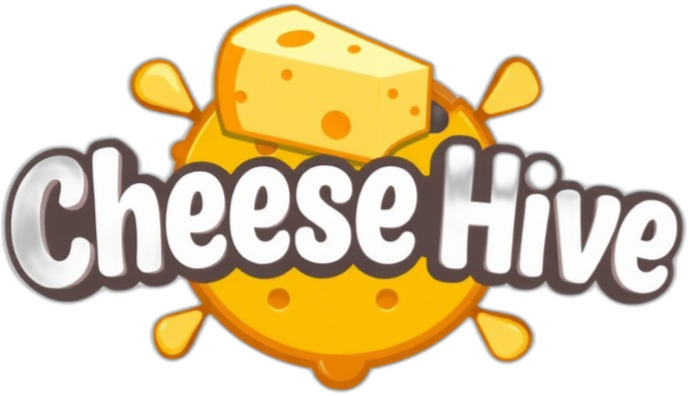

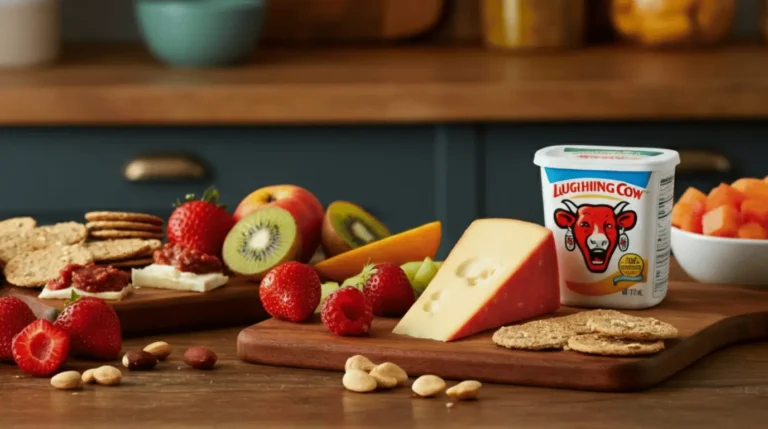

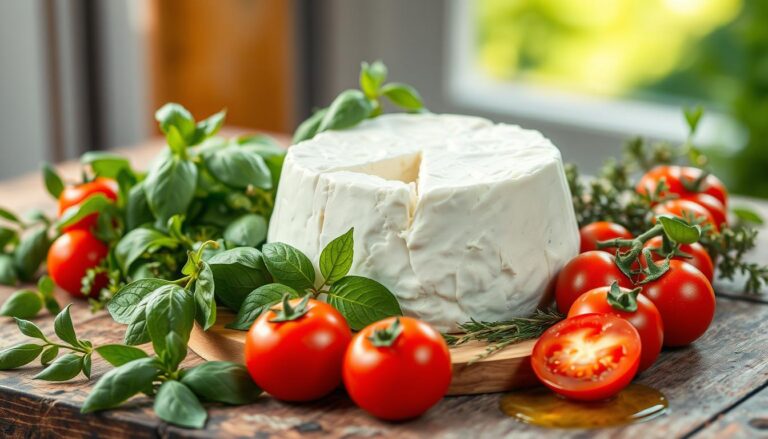
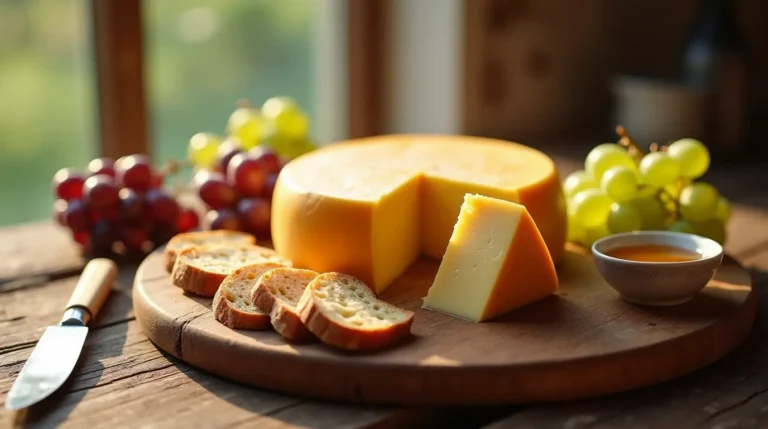


6 Comments
Comments are closed.